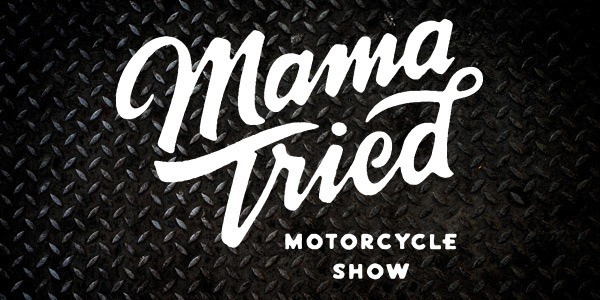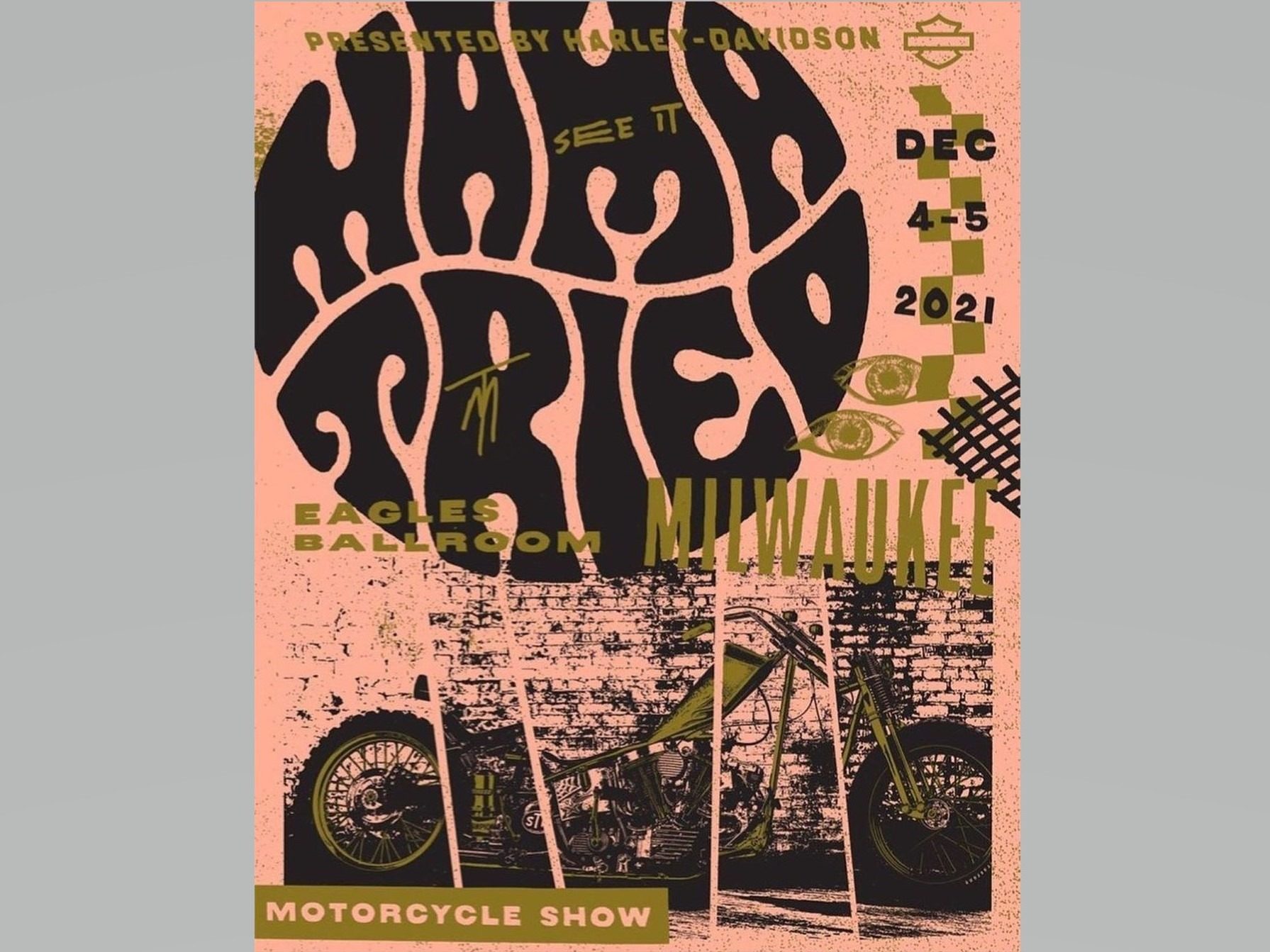For quite some time the debate has raged on as to whether or not Harley-Davidson will introduce water-cooling on its (non-V-Rod) engine lineup. Most of those who believed it would happen did so for one major reason: emissions. They didn’t think H-D could pass standards any tighter than they already are without resorting to this kind of fix. Most people (like me) dismissed the emissions angle altogether. After all, there is no foreseeable tightening of the standards for motorcycles and H-D has managed to keep pace just fine with traditional air-cooled V-Twins and a little dose of modern technology here and there, like clean-burn EFI, nonexistent overlap in the valve openings and catalytic converters, to name a few. That is where I went wrong. You see the simple fact is, there are at least three other factors that have been quietly, but inexorably, churning to the surface of the “water” issue. To name names, they are rider-perceived heat issues, rarely rider-perceived volumetric efficiency issues, and the department at The Motor Company most responsible for determining what riders do and don’t perceive.
With that in mind, I’ll try to keep this short and sweet. I will wager real money that sometime during the 110th model year of the oldest motorcycle maker on earth, a “special” Touring machine (probably with 110″ engine) will be offered, likely as a limited production CVO/Screamin’ Eagle bike that does, in fact, have water-cooling as one of it’s major features. It’s speculation of course, but don’t bet against it. Here’s why:
1) As of May 19 of last year, Harley-Davidson secured a patent for a “cylinder head cooling system.” Interestingly, that timeframe has given the company a chance to put its patent where its products are… in effect a 2013 machine with this patented feature incorporated into its construction. It would, not coincidentally, be a lollapalooza of a 110th anniversary “surprise” as well!
2) Truth be told—Harley Big Twins have been crowding the acceptable levels of heat radiation for some time and the existing 103″ and particularly 110″ engines have pushed that problem to the limits of what typical riders will or can tolerate. Water-cooling is a natural solution, being able to remove heat consistently and quickly from both crotch and consciousness for the owner/operator—not to mention the engine.
3) Twin Cam engines have never been the poster children for prodigious output per cubic inch. For most riders, as long as there are enough of those cubic inches to offset that inconvenient truth, it’s a non-issue. All the same, The Motor Company has competitors, which the factory watches like a hawk, most of which do better in the power game, inch-for-inch, as delivered. This would lead any sane student of the art to conclude that one way to keep a hand in the game, perhaps even a winning hand, is to improve volumetric efficiency, thus making more power per inch. Alas—this also brings more heat into the bargain. Obviously, water-cooling is a great way to get power up while keeping heat down. Whether that takes the form of more inches, more power from those inches or both. As of now, the factory can play this ace pretty much at will… if and as required.
4) This is where marketing trumps engineering. In its own inimitably conservative fashion, Harley is almost guaranteed to introduce this machine in (initially) limited numbers as a special model to literally “test the waters” of liquid cooling on an equally conservative buying public. Then, once marketing has made it acceptable, or better yet, desirable to the faithful, water-cooled heads will creep across the model range inexorably. The engineering while sound (given that something like 80 percent of the engine heat is in the cylinder heads) is actually most clever in its marketing-derived mandate to keep “The Look” at all costs. Put another way, this speculatively special machine sports a technological breakthrough, yet is well disguised as a normal, familiar touring bike with trick lowers. (If you didn’t look closely, you might never know about the H2O!) Like keeping your light under a bushel (in the words of the old saying) they have literally forced this design to hold its water (Ha!) under a shroud… or two. A win/win for the factory, anyway you look at it. After all—with this patented methodology H-D can address a multitude of current and future challenges very effectively and still have a result that looks like a traditional Big Twin. How cool is that?
no images were found
Click for a full-size image.




















